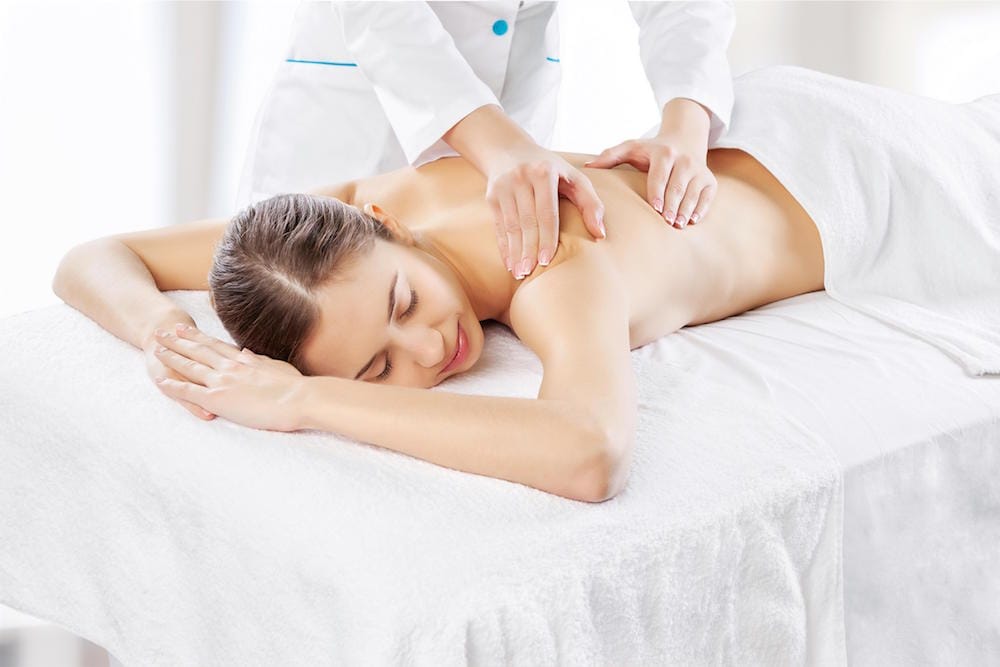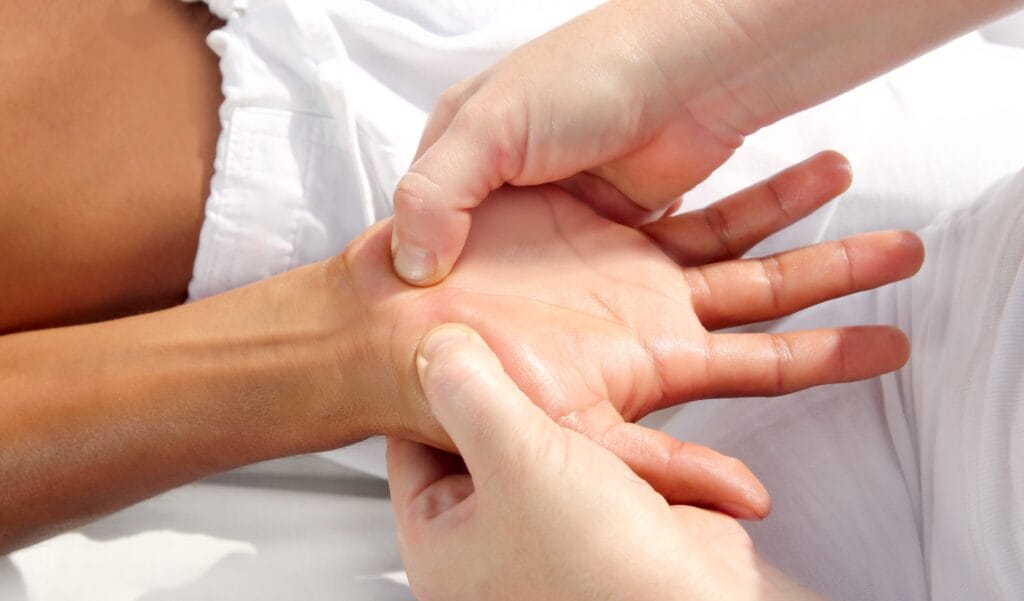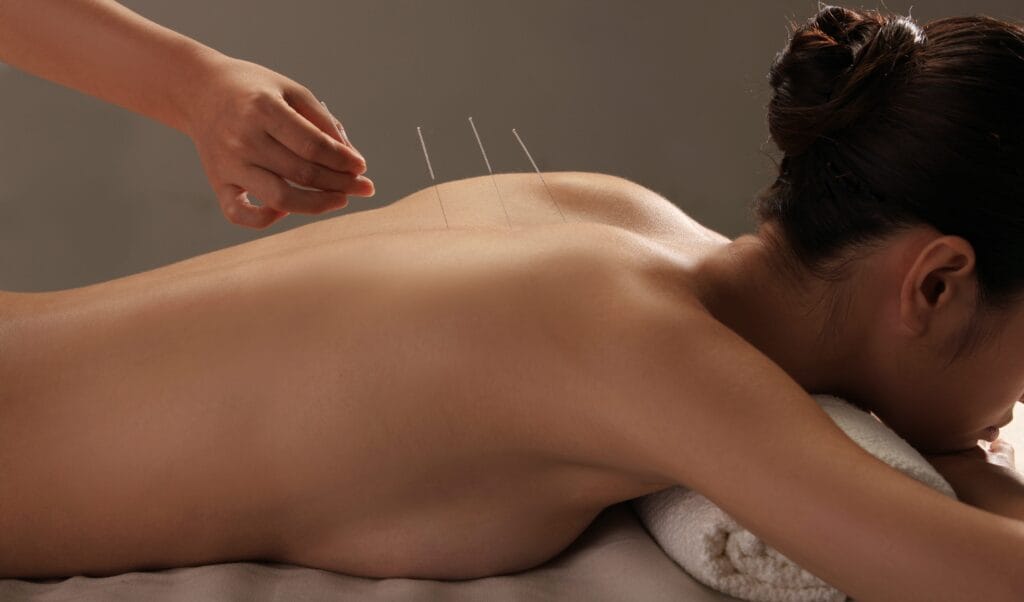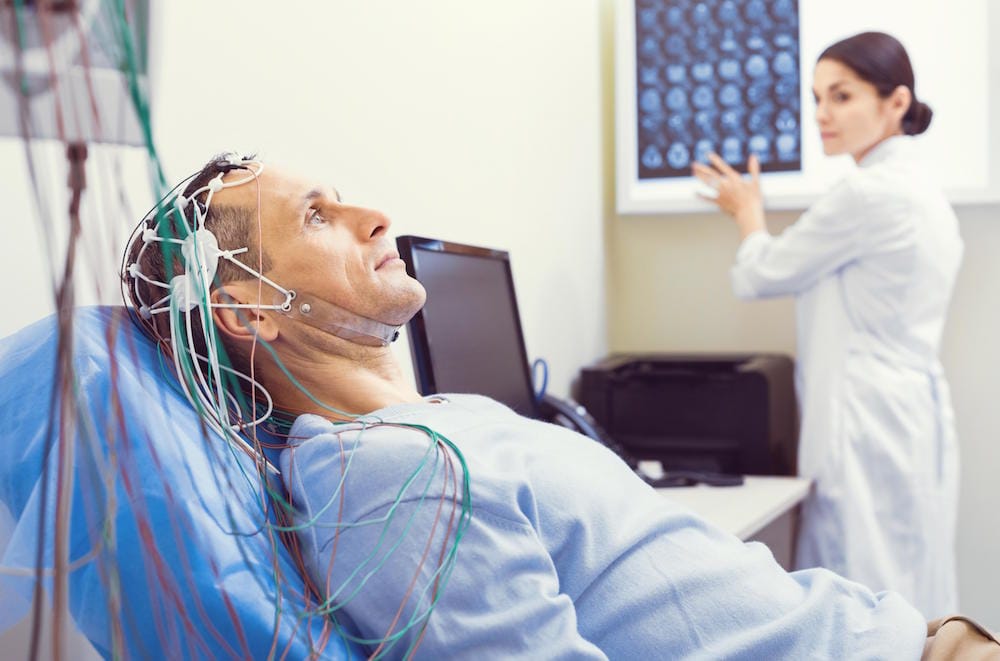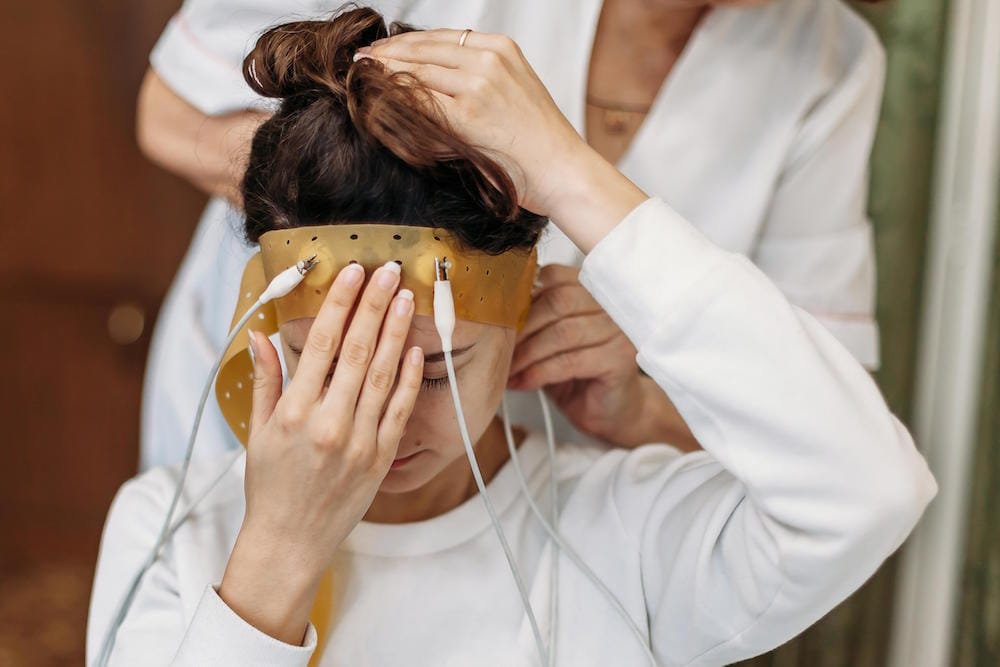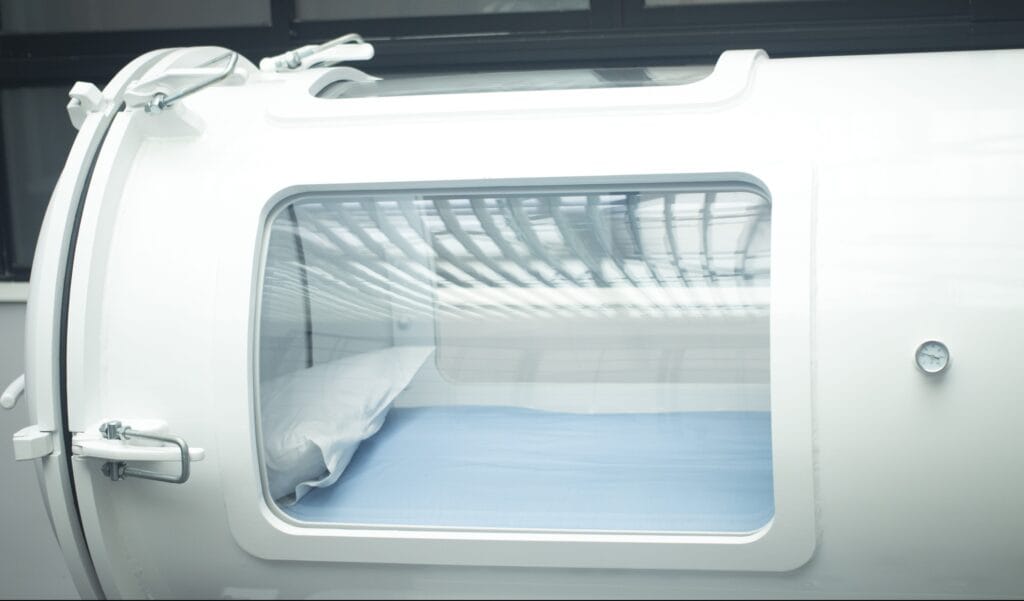Therapy
Therapeutic massage
method description
Therapeutic massage is a form of physiotherapy that uses elements of classical massage, such as applying pressure, stroking, rubbing, patting or dabbing. The appropriate selection of techniques and the force of pressure on the tissue allows the massage to be tailored to the individual needs of the patient. Depending on the chosen method and intensity of the massage, different effects can be achieved, e.g. relaxation or lymph flow improvement. In addition, the massage can provide relief to tense muscles and mitigate perceived stress. With the use of appropriate essential oils, it is possible to intensify its beneficial effects on the body.
application
- stress and tension relief
- deep, relaxing massage
- stimulation of self-healing processes
- metabolism improvement
- body cleansing
- pain relief therapy
- support for treatment of internal diseases
Reflexology
method description
Reflexology is a method of holistic therapy that has its origins in ancient Asian traditions. It involves applying pressure to appropriate points on the body - mainly on the hands, feet and face - associated with internal organs and the central nervous system. The principle of this technique is based on the assumption that no organ functions in isolation, and disorders within just one element can translate into malfunctions of the entire body. Therefore, applying pressure to specific points on the surface of the body leads to an improvement in the functioning of not only single organs, but also supports the therapy of somatic and psychological dysfunctions, including insomnia or stress.
application
- stress and tension relief
- deep, relaxing massage
- stimulation of self-healing processes
- metabolism improvement
- body cleansing
- pain relief therapy
- support for treatment of internal diseases
Acupuncture
method description
Acupuncture is a therapeutic method that has been used since ancient times in the traditions of the Far East. Nowadays, in many Western countries, it complements conventional medicine. The technique involves stimulating appropriate points on the skin, skin tissue or fascia with specially prepared needles. According to tradition, this allows the body to restore the proper flow of energy, and facilitates a state of physiological balance. It also makes it possible to improve blood flow, and strengthens the functioning of the immune system. There are also reports of acupuncture's effect in relieving chronic pain. The procedure is completely hygienic, as each patient receives a separate set of sterile needles.
application
- therapy of medium and weak neurosis and depression
- support in the fight against addictions
- treating chronic pain, e.g. back pain
- alleviation of migraines
- digestive problems, including irritable bowel syndrome
- respiratory disorders
Neurofeedback
method description
Neurofeedback is a technique that facilitates observing brain waves in real time and giving the patient feedback on changes in the activity of their central nervous system. This makes it possible to consciously modify brain activity, which is normally controlled independently of human will. Brain wave data are collected using a set of electrodes for EEG. Maintaining their activity, for example, in the appropriate frequency range allows the patient to use a computer program, such as a game. This therapeutic method has been shown to benefit concentration disorders, anxiety, insomnia and even chronic pain.
application
- help with changing habitual behavior
- support in the fight against addictions
- consolidation of favorable behavioral changes
- practicing stress management techniques
- improving psychophysical coherence
- support in neuroregulation
coming soon!
tDCS
method description
Transcranial direct current stimulation (tDCS) is a completely non-invasive and painless therapeutic method. It consists of affecting brain wave activity, accompanying neuronal functioning, by means of a set of specially prepared electrodes placed on the patient's head. The results of scientific studies have shown that even a single session, during which a low-intensity electric current modifies the activity of nerve cells and the brain, is able to significantly improve concentration, memory or the ability to think analytically. There are also reports of this method's potential in improving vision and alleviating chronic pain.
application
- non-invasive modulation of neuronal activity
- strengthening neuroregulatory methods
- supporting therapy of cognitive disorders
- reduction of anxiety and mood disorders
- neurorehabilitation for people with brain injuries
- improving stress resilience
- neurofeedback therapy support
coming soon!
Sensory deprivation
method description
Sensory deprivation (floating) involves reducing the stimuli reaching the body through the various sense organs. Floating sessions take place in a specially designed, safe and comfortable chamber, soundproofed and darkened, in which the patient floats on the surface of a concentrated magnesium sulfate solution at human body temperature. This almost completely removes not only visual and auditory stimuli, but also reduces the sensation of gravity and creates a pleasant feeling of floating in space. This leads to a calming and quieting of the central nervous system and allows one to enter a state of deep relaxation.
application
- achieving a state of deep relaxation
- relaxation of muscles
- mental regeneration
- reducing cortisol secretion (stress hormone)
- reduction of blood pressure
- improving concentration and creativity
- addiction therapy
coming soon!
Oxygen hyperbaria
method description
Hyperbaric oxygen (HGO) is a completely painless and non-invasive therapeutic method. It involves breathing air at a pressure higher than atmospheric and containing significantly more oxygen. This makes it possible to saturate not only red blood cells, but also all physiological fluids with this life-giving gas. As a result, oxygen is delivered much more efficiently to every tissue and cell in the body, stimulating repair processes, for example, within damaged muscles or in areas of the brain affected by a stroke. The body's natural protective mechanisms are also strengthened, including the work of the immune system. Oxygen hyperbaria sessions take place in a comfortable chamber, where the patient stays in a relaxed lying position.
application
- enhancing body recovery
- fighting inflammation and infection
- immunity stimulation
- counteracting aging processes
- increasing physical endurance
- support in post-stroke therapy
coming soon!
Cryotherapy
method description
Cryotherapy is a therapeutic method involving the brief, controlled application of a very low temperature to the surface of the body. This treatment induces a number of physiological reactions, such as contraction of blood vessels, reduction of inflammation and reduction of nerve conduction. At the end of cold exposure, intense tissue congestion occurs, which contributes to the faster recovery, pain relief and improved mobility. Cryotherapy can be applied topically or systemically, depending on the indications and needs of the patient. Due to its high effectiveness, it is used in both physiotherapy and sports medicine, as well as in the treatment of chronic diseases.
application
- reduction of inflammation and swelling
- relieving muscle and joint pain
- acceleration of regenerative processes
- improving the range of joint mobility
- supporting the treatment of sports injuries
- support in the treatment of rheumatic and neurological diseases

